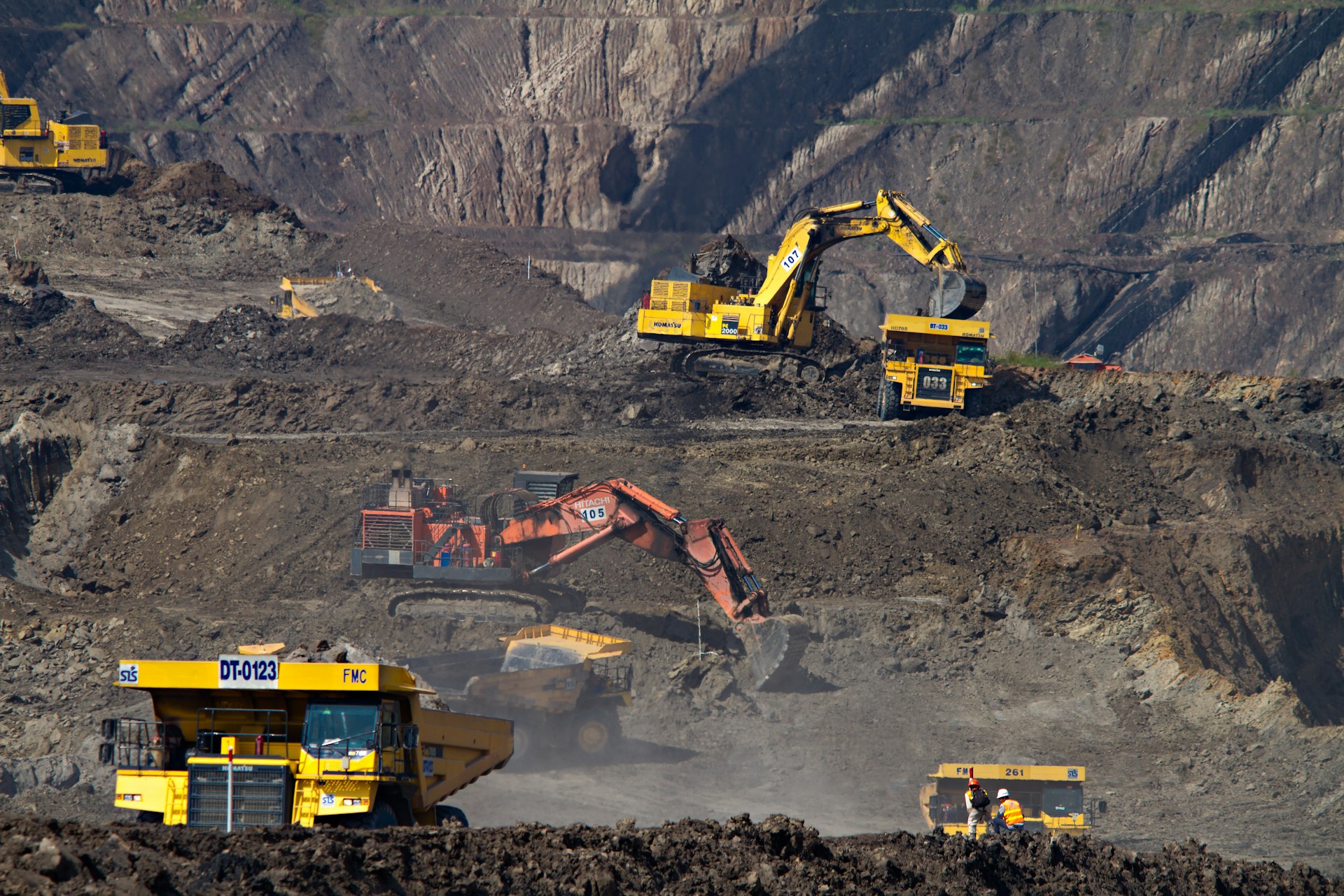Voltaic Strategic Resources Commences Comprehensive Fieldwork at Paddy's Well
VSR (VSR) Share Update September 2024 Monday 9th
Voltaic Strategic Resources Advances Exploration at Paddy's Well
Voltaic Strategic Resources Limited (ASX:VSR) has announced the start of a detailed surface reconnaissance program at its Paddy's Well Project in Western Australia, targeting niobium, rare earth elements (REE), and uranium mineralization.
Instant Summary:
- Field crews to begin surface fieldwork over 16 carbonatite targets at Paddy's Well Project.
- Focus on niobium, rare earth elements, and potential carbonatite intrusions.
- 16 prospective Nb-REE targets to undergo pXRF soil sampling, rock chip sampling, and geological mapping.
- Detailed lithological and structural mapping to expand REE occurrences, Nb-Carbonatites, and uranium anomalies.
- Previously unmapped granitic lithologies identified, enhancing lithium prospectivity.
Exploration Program Details
Voltaic Strategic Resources Limited (ASX:VSR) is pleased to announce the commencement of a comprehensive surface reconnaissance program across 16 high-priority carbonatite targets at the Paddy's Well Project, located in Western Australia's Gascoyne region. The project area, which has emerged as a significant critical minerals province, demonstrates strong potential for niobium, rare earth element (REE), and uranium mineralization.
This follow-up exploration work is designed to advance these identified niobium-REE targets to eventual drill-ready status, leveraging a combination of advanced exploration techniques to define new zones of mineralization, including significant uranium prospectivity.
Fieldwork Techniques
The upcoming work program will involve:
- pXRF Soil Sampling: Portable X-ray fluorescence (pXRF) technology will be deployed to conduct in-situ soil sampling, providing rapid geochemical analysis of critical elements including niobium, tantalum, and REEs. This method allows for efficient, on-the-ground data collection and interpretation, which will assist in refining the potential mineralized zones.
- Rock Chip Sampling: Field teams will collect targeted rock chip samples from outcrops and sub-crops across the tenements. These samples will be analyzed for their mineral content to better understand the surface expression of carbonatite intrusions and associated REE and niobium mineralization.
- Geological Mapping: A detailed geological mapping campaign will be conducted to document lithological, structural, and alteration features of the carbonatite targets. This work will provide crucial data to support the refinement of geophysical anomalies and further delineate areas for future drilling.
Niobium & REE Targeting
The reconnaissance will focus on several high-priority carbonatite targets that were previously identified from airborne geophysical data. This includes targets exhibiting strong thorium radiometric anomalies and significant structural features, such as fault intersections and shear zones, that are known conduits for mineralizing fluids. The targets are aligned with key mineralization trends observed in other successful REE and niobium discoveries within the region.
The upcoming program will cover a total of 16 prospective Nb-REE targets, with four Priority 1 targets, six Priority 2 targets, and six Priority 3 targets. The program will include approximately 2,000 surface pXRF soil points and focus on delineating the geological controls on mineralization. The mapping will also assess potential extensions to the previously discovered REE zones and identify new occurrences of Nb-Carbonatite, NYF (Niobium-Yttrium-Fluorine) and LCT (Lithium-Caesium-Tantalum) pegmatites across the regional corridor.
Uranium Potential
Recent reviews of historical exploration data and recent REE-focused drilling have highlighted Paddy's Well as a potentially significant uranium-bearing project. Historical drilling by PNC and Cameco revealed numerous high-grade uranium intersections. The uranium mineralization identified is analogous to that found at Jabiluka, one of Australia’s largest unconformity-type uranium deposits. Primary uranium mineralization at Paddy's Well occurs within graphite and chlorite schists, intersected by regional fault structures such as the Chalba shear zone, which serves as a conduit for metal-bearing fluids.
Voltaic has identified several radiometric anomalies, warranting systematic follow-up exploration, including surface spectrometer surveys and further lithological and structural mapping to delineate additional uranium mineralized zones.
Forward Plan
The surface reconnaissance program is expected to take approximately six weeks to complete, with initial results anticipated by early October. These results will guide the ongoing target generation and data compilation for potential drill testing.
Upcoming Milestones:
- Completion of surface reconnaissance program by Q4 2024.
- Interpretation of geochemical and geological data from the pXRF and rock chip sampling.
- Finalization of drill targets and commencement of drill planning for the next phase of exploration.
The commencement of this comprehensive fieldwork program is a significant step forward for Voltaic Strategic Resources. The exploration work could potentially identify new zones of mineralization, which would enhance the project's value and attract investor interest. Given the strong global demand for critical metals like REEs, niobium, and uranium, successful exploration at Paddy's Well could have a positive impact on the company's stock price.
Investor Reaction:
Analysts are likely to view this announcement positively, given the strategic importance of niobium and REEs in the global market. The detailed and systematic approach to exploration increases the likelihood of discovering economically viable mineral deposits, which could lead to a re-rating of Voltaic's stock. However, investors will be keenly awaiting the initial results of the fieldwork to gauge the project's potential more accurately.
Conclusion:
Investors should keep a close eye on the progress of the fieldwork at Paddy's Well and the subsequent results expected by early October. The successful identification of significant niobium, REE, and uranium mineralization could unlock substantial value for the project and drive positive momentum for Voltaic Strategic Resources.